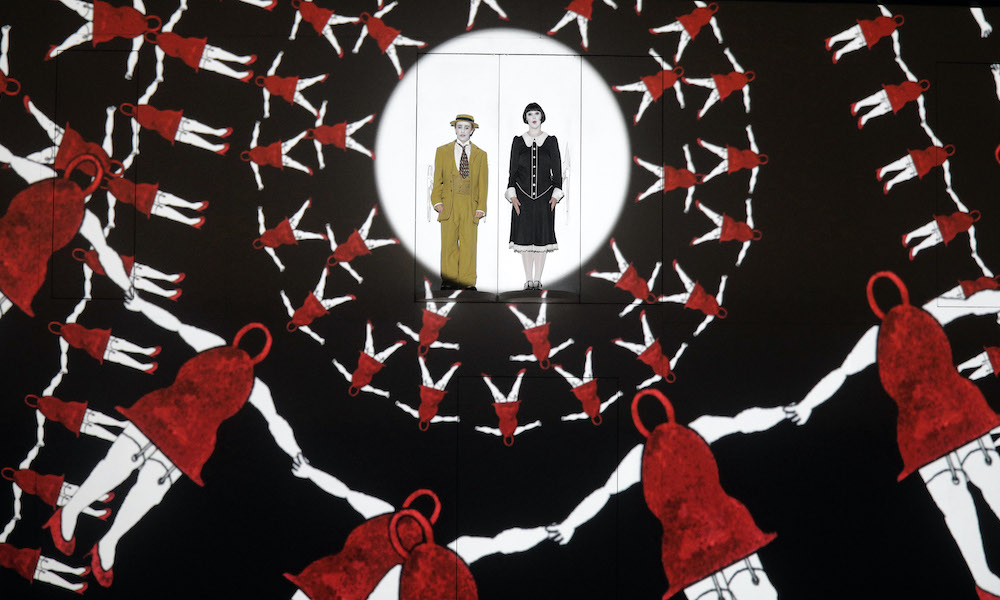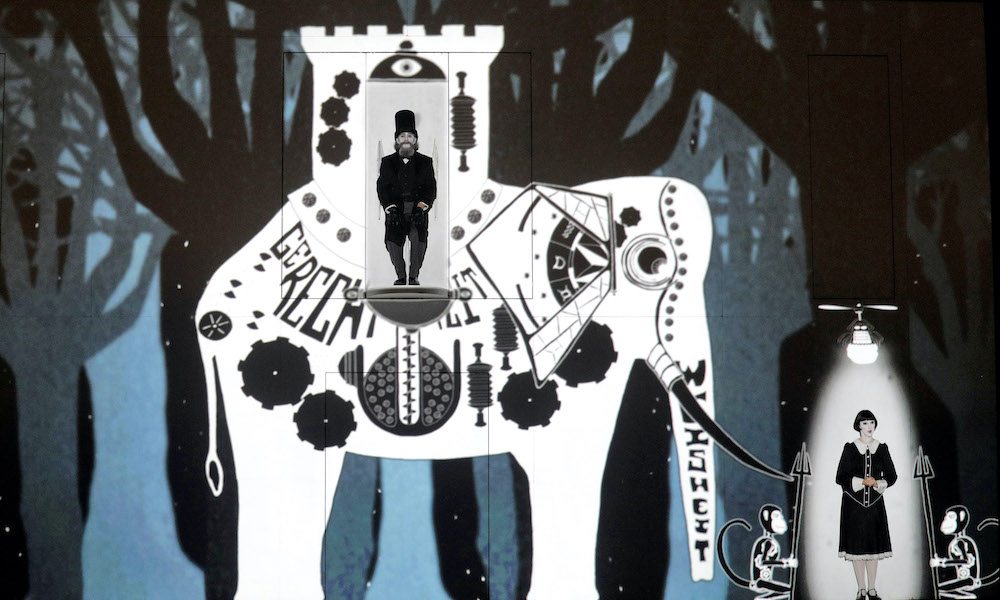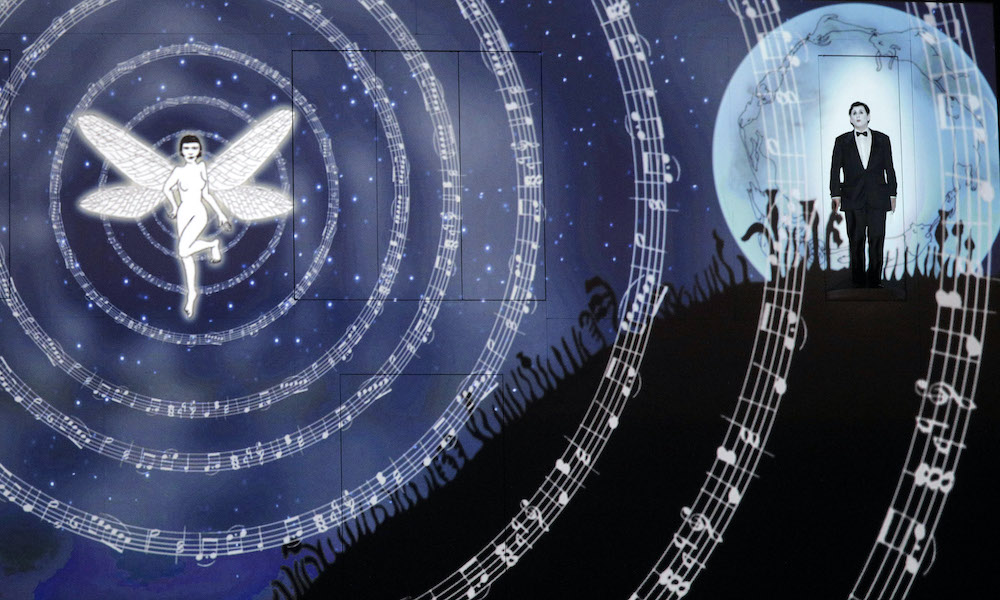If you’re a regular reader of High Times, you know that we don’t usually cover operas. We do, however, have 45 years’ experience covering psychedelics and the counterculture at large, so when we were presented with the opportunity to view a breakthrough staging of Wolfgang Amadeus Mozart’s legendary opera, The Magic Flute, we took it — along with some edibles, for good measure.
LA Opera’s hallucinatory staging of Mozart’s beloved opera is a trip unto itself, reminiscent of early silent French films à la George Méliès or the Lumière brothers, only with sound — lots of it. Hand-drawn animations are projected onto a massive two-story white wall, subsuming static scenery with stunning visuals that bring an entirely new dimension to the opera. Not only does the multimedia masterpiece include a quirky, enchanted landscape brought to life by professional vocalists, it’s poised to redefine the way theater will be presented in the future.

Equal parts vaudeville, cabaret, silent film, and opera, this version of The Magic Flute takes the form of a feature film, only the so-called “film” is a compilation of a thousand separate video files that are projected with an 18k lumen projector 120 feet away from the stage. It’s an entirely new kind of presentation that first debuted in 2012 at Komische Oper Berlin, and has had more than 350,000 audience members in dozens of cities around the world. In 2013, Los Angeles was the first city to host performances of the opera outside Berlin, and it’s featured two more runs since.
Stage director Barrie Kosky was inspired to create this version of The Magic Flute after he attended a performance of a show called Between the Devil and the Deep Blue Sea. It was the inaugural presentation from a British theater company called 1927, which first formed in 2005 in the UK. “From the moment the show started, there was this fascinating mix of live performance with animation, creating its own aesthetic world,” says Kosky in an interview with Ulrich Lenz. “Within minutes, this strange mixture of silent film and music hall had convinced me that these people had to do The Magic Flute with me in Berlin!

A World of Dreams and Nightmares
Filmmaker Paul Barritt and director/writer/performer Suzanne Andrade are the co-creators of 1927, named after the year that the first talking pictures hit the silver screen. “We work with a mixture of live performance and animation, which makes it a completely new art form in many ways,” Andrade explains. “Many others have used film in theater, but 1927 integrates film in a very new way. We don’t do a theater piece with added movies. Nor do we make a movie and then combine it with acting elements. Everything goes hand in hand. Our shows evoke the world of dreams and nightmares, with aesthetics that hearken back to the world of silent film.”
While The Magic Flute by Mozart first premiered in 1791, this interpretation takes place in Berlin in the 1920s, a hotspot for European counterculture at the time. Papageno is modeled after Buster Keaton; Monostatos recalls Nosferatu; and Pamina bears a striking resemblance to Louise Brooks. The deft combination of costumes, animations, and unmatched vocal styling combine for a one-of-a-kind production with fairly insane visuals, including references to perennial pop-culture favorites such as comic books and vintage martial-arts movies.

“This emphasis on the images makes it possible for every viewer to experience the show in his or her own way: as a magical, living storybook; as a curious, contemporary meditation on silent film as a singing silent film; or as paintings come to life,” Kosky says. “Basically, we have a hundred stage sets in which things happen that normally aren’t possible onstage: flying elephants, flutes trailing notes, bells as showgirls… We can fly up to the stars and then ride an elevator to hell, all within a few minutes.”
In the end, while it’s easy to love this particular version of The Magic Flute, it’s not easy to define it. We know it’s an opera, but it’s so much more than that. So what is it, exactly? Maybe Kosky describes it best: “It’s a silent film by Wolfgang Amadeus Mozart, so to speak!”
The post When An Opera Is Just As Trippy As Any Psychedelic appeared first on High Times.




0 DL LiNKS:
Post a Comment
Add yours...